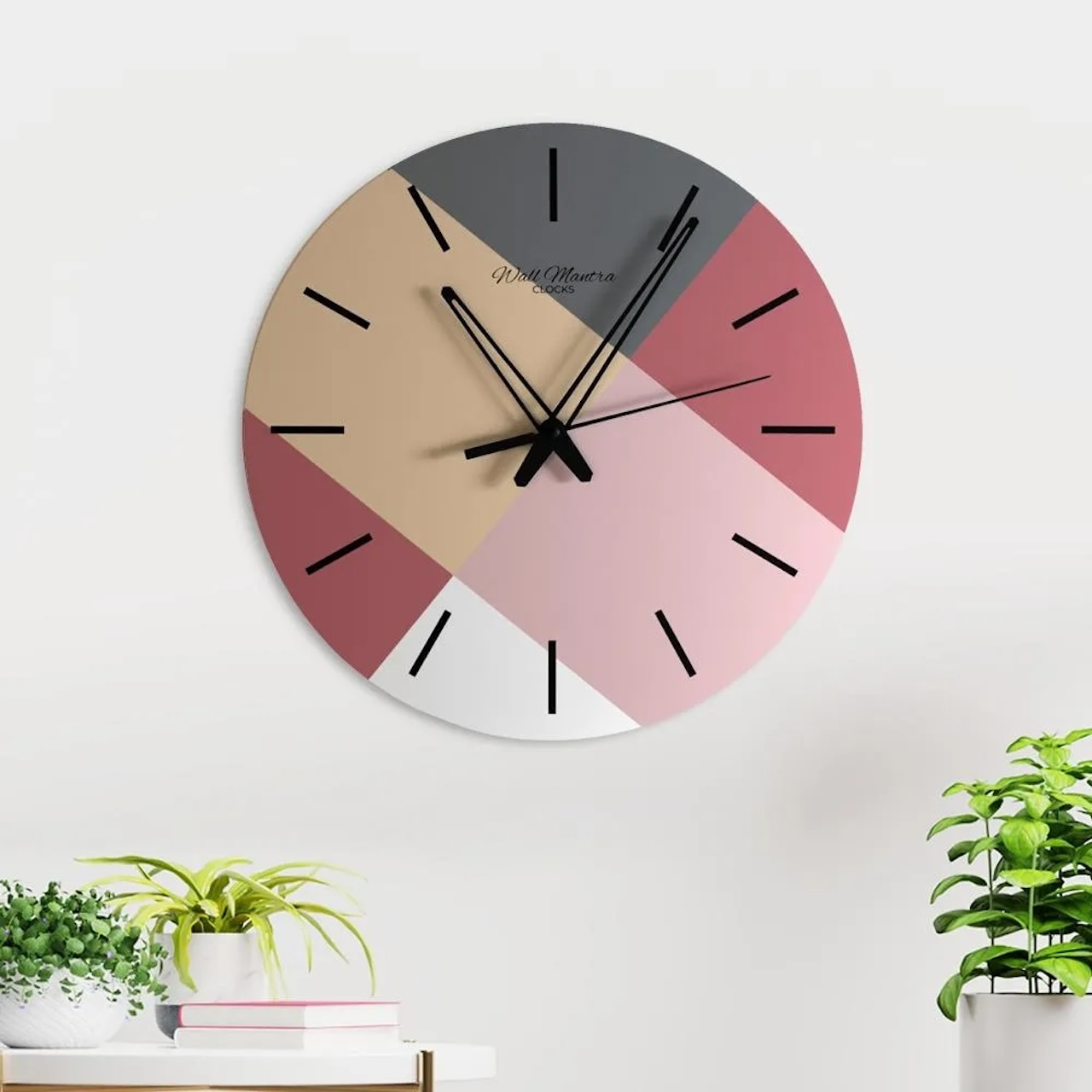

Articles
Which Direction Should A Wall Clock Face
Modified: February 24, 2024
Discover the importance of wall clock orientation in our informative articles. Find out which direction a wall clock should face for optimal functionality.
(Many of the links in this article redirect to a specific reviewed product. Your purchase of these products through affiliate links helps to generate commission for Storables.com, at no extra cost. Learn more)
Introduction
A wall clock is not just a practical device for keeping track of time; it is also a decorative element that can enhance the aesthetic appeal of any room. From traditional to contemporary designs, wall clocks come in various shapes, sizes, and styles to suit different preferences. However, one frequently asked question when it comes to wall clocks is which direction should they face? While it may seem like a trivial matter, the orientation of a wall clock can have symbolic, cultural, and practical implications.
Understanding the proper orientation for a wall clock involves delving into its historical significance, considering various influencing factors, and acknowledging the cultural differences in clock placement. It also involves practical considerations that should be taken into account when deciding where to hang a wall clock. In this article, we will explore the different aspects of wall clock orientation and provide insights into traditional guidelines as well as modern trends.
Key Takeaways:
- The orientation of a wall clock is a blend of historical significance, cultural traditions, practical considerations, and personal preferences. Finding the right balance ensures functionality and aesthetic appeal in any living space.
- Modern trends in wall clock placement emphasize personal expression and creativity, allowing for unconventional displays and unique combinations. Whether traditional or bold, the goal is to bring joy and functionality to your living space.
Read more: Which Direction Should A Showerhead Face
Understanding Clock Orientation
The orientation of a wall clock refers to the direction in which it faces when mounted on a wall. Traditionally, wall clocks are designed to face towards the center of a room, allowing for easy visibility and accessibility. However, there are variations and exceptions to this rule depending on cultural practices and personal preferences.
One of the primary reasons for considering the orientation of a wall clock is its functionality. A clock that is mounted correctly allows for a quick glance to determine the time, eliminating the need for adjusting one’s position or straining to read the numbers. Ideally, the clock should be positioned at eye level, ensuring optimal readability for anyone in the room.
Additionally, the orientation of a wall clock can also have symbolic meanings. For example, in some cultures, it is believed that having a clock facing southwards brings good luck and prosperity. In contrast, facing a clock towards the west may symbolize moving towards the end of the day or the final stages of life.
Furthermore, the orientation of a wall clock can create a sense of balance and harmony in a room. It is often recommended to center the clock on a focal point such as a fireplace, a piece of artwork, or a furniture arrangement. This not only adds visual appeal but also helps to create a cohesive and well-balanced aesthetic within the space.
It’s important to note that the orientation of a wall clock is subjective and can vary based on personal preference and the overall design of the room. Some individuals may choose to hang a wall clock in an unconventional direction or at an angle to create a unique and eye-catching display. Ultimately, the goal is to find a balance between functionality and visual appeal when deciding on the orientation of a wall clock.
The Historical Significance of Clock Direction
The direction in which a wall clock should face has historical significance rooted in ancient traditions and cultural norms. In many ancient civilizations, including the Romans and Greeks, the orientation of a clock was of great importance and held symbolic meaning.
For instance, in ancient Rome, the eastward facing clock was considered auspicious as it symbolized the rising sun, new beginnings, and the start of a new day. This belief in the power and significance of the eastward direction influenced the placement of sundials and early mechanical clocks.
In the Middle Ages, the orientation of clocks still held symbolic value. Clocks placed facing north were considered to be aligned with the heavens and could bring good fortune and protection. South-facing clocks were associated with warmth, fertility, and abundance. East-facing clocks were seen as representing the sunrise and new life, while west-facing clocks represented the sunset and the end of the day.
During the Renaissance period, clock directions became less bound by symbolism and more focused on practicality. The objective was to position clocks in a way that allowed for easy visibility and readability, as timekeeping became increasingly important in daily life.
It was during the Industrial Revolution and the rise of mass production in the 18th and 19th centuries that the symmetrical and centered placement of clocks became more widespread. This was influenced by the growing popularity of pocket watches and the desire for precise timekeeping in factories and workplaces.
Today, while many people may not be aware of the historical significance of clock direction, it still plays a role in some cultural practices and beliefs. For example, in Feng Shui, a traditional Chinese practice of harmonizing energy flow, the direction of a clock can influence the flow of chi (energy) in a space. It is believed that a clock facing the north brings wealth and career opportunities, while a clock facing the southeast promotes harmony and creativity.
Overall, the historical significance of clock direction highlights the deep-rooted connections between timekeeping, symbolism, and cultural beliefs. While the practical considerations of clock orientation have become more prominent in modern times, the remnants of ancient traditions and beliefs can still be found in various cultures and practices.
Factors Influencing Wall Clock Orientation
When determining the orientation of a wall clock, several factors come into play. These factors can include the layout of the room, the purpose of the clock, the style and design of the clock, and personal preferences. Let’s explore some of these factors in more detail.
The layout of the room is a crucial consideration when deciding on the orientation of a wall clock. The general rule is to position the clock at eye level, making it easily visible and accessible for anyone in the room. If the clock is being placed in a room with seating areas, such as a living room, it is advisable to position it at a height where it can be seen from both sitting and standing positions.
The purpose of the clock also plays a role in determining its orientation. For example, in a home office or a study area where timekeeping is crucial, it is essential to position the clock in a way that allows for quick and effortless time checks. In contrast, in a decorative or ornamental capacity, the clock’s orientation may prioritize aesthetics over readability, allowing for more creative and unconventional display options.
The style and design of the clock can also influence its orientation. Some clocks have unique features or elements that make them more visually appealing from a specific direction. These clocks may be designed to be showcased from a particular angle, and therefore, the orientation of the clock would be determined by this feature.
Personal preferences are perhaps the most influential factor in determining the orientation of a wall clock. Some individuals may have a strong aesthetic inclination or a desire for symmetry, leading them to position the clock in a way that aligns with their personal sense of balance and harmony. Others may prioritize functionality and readability over aesthetics and choose a more traditional and straightforward placement.
Additionally, the presence of other decor elements, such as furniture, artwork, or architectural features, can also impact the orientation of the clock. The goal is to create a visually pleasing arrangement where the clock complements and harmonizes with the surrounding elements, enhancing the overall ambiance of the room.
Ultimately, the orientation of a wall clock is a personal decision that should take into account the layout of the room, the purpose of the clock, the style and design of the clock, and personal preferences. By considering these factors, you can find the perfect placement that combines functionality, aesthetic appeal, and personal taste.
Cultural Differences in Clock Placement
Clock placement can vary significantly across different cultures, with each culture having its own traditions, beliefs, and superstitions related to the orientation of clocks. These cultural differences often highlight the deeply ingrained significance of timekeeping and the symbolism attached to it. Let’s explore some examples of cultural differences in clock placement:
In Japanese culture, there is a strong belief that placing a clock facing the entrance of a home or a room brings bad luck. This is because it is associated with the arrival of time as an unwelcome guest. Instead, clocks are typically positioned on the side walls, ensuring that they are not directly facing the entrance.
In some Arabic cultures, it is customary to place clocks higher on the wall, above eye level. This is believed to indicate that time is above human control and that it is a force that should be respected and acknowledged. It also serves as a reminder to focus on spiritual matters rather than being consumed by the passing of time.
In many parts of China, a common practice is to position clocks in a specific direction based on feng shui principles. Feng shui suggests that a clock facing the north or east brings good luck and positive energy, while one facing the south or west may disrupt the flow of energy and potentially bring negative effects.
In some Latin American cultures, clocks are often placed in prominent positions in the home, symbolizing the importance of punctuality and respect for time. It is not uncommon to have large, ornate clocks as central decorative elements, highlighting their significance in daily life.
These examples illustrate how cultural beliefs and traditions can influence the placement and orientation of clocks. It is important to be aware of and respect these cultural differences when considering the position of a wall clock, especially in diverse and multicultural settings.
Regardless of cultural practices, it is essential to remember that the primary goal of clock placement is to ensure readability and functionality. While cultural considerations can add a layer of symbolism and significance, personal preferences and individual needs should also be taken into account when deciding on the orientation of a wall clock.
By understanding cultural differences in clock placement, we can appreciate the diverse perspectives and beliefs surrounding timekeeping and create harmonious spaces that respect cultural traditions while serving practical purposes.
A wall clock should face towards the area where people spend the most time, such as a living room or kitchen. It should be easily visible and accessible for everyone in the room.
Practical Considerations for Wall Clock Placement
When it comes to placing a wall clock, there are several practical factors to consider in order to ensure optimal functionality and readability. These considerations can help determine the best position for the clock within a room. Let’s explore some of these practical considerations:
1. Visibility: The primary purpose of a wall clock is to tell time accurately. It is important to choose a location where the clock is easily visible and readable from different angles and distances within the room. Consider the size of the room, the placement of furniture, and the height at which the clock will be mounted to ensure clear visibility.
2. Eye level placement: Ideally, the clock should be positioned at eye level, allowing for effortless time-checks without needing to strain or adjust one’s position. This ensures convenience and ease of use for anyone in the room.
3. Unobstructed view: Avoid placing the clock behind furniture, decorative items, or other objects that may obstruct the view. Ensure that there are no obstructions that can block or cast shadows on the clock’s face, making it difficult to read the time accurately.
4. Lighting: Take into account the lighting conditions in the room when deciding on the position of the clock. Avoid placing the clock in areas with excessive glare or harsh lighting, as this can make it challenging to read the time. On the other hand, consider placing the clock in a well-lit area to enhance visibility.
5. Room function: Consider the specific purpose of the room where the clock will be placed. For example, in a workspace or study area, it is crucial to position the clock in a way that allows for quick and easy time-checks. In a bedroom, the clock should be visible from the bed without causing disruption to sleep.
6. Harmonizing with decor: While functionality is important, it is also essential to consider how the clock fits within the overall aesthetic and decor of the room. Choose a location that complements the surrounding elements, such as artwork, furniture, or architectural features. Strive for a balanced and visually pleasing arrangement.
By taking these practical considerations into account, you can ensure that the placement of the wall clock enhances its functionality while seamlessly integrating into the room’s design. A well-placed clock not only serves its primary purpose of timekeeping but also adds to the overall ambiance and convenience of the space.
Traditional Guidelines for Clock Direction
Over the years, various traditional guidelines have emerged regarding the direction in which a wall clock should face. While these guidelines may not be universally followed, they offer insights into longstanding practices and beliefs. Let’s explore some of the traditional guidelines for clock direction:
1. Centered and symmetrical: One of the key traditional guidelines is to position the wall clock in a centered and symmetrical manner. This means that the clock should be placed in the middle of the wall and at an equal distance from adjacent walls or other objects. This creates a balanced and visually pleasing arrangement.
2. Facing the center of the room: The general consensus is that a wall clock should face towards the center of the room. This allows for easy visibility and accessibility from different angles within the space. The clock becomes a focal point, drawing attention and becoming a functional and decorative element in the room.
3. Above eye level: In some traditional settings, it is believed that a wall clock should be positioned above eye level. This placement emphasizes the clock’s importance and significance, indicating that time is something to be respected and looked up to. However, it’s important to strike a balance between this guideline and the practical need for readability.
4. Aligning with architectural elements: Traditional guidelines also suggest aligning the clock with architectural elements, such as doorways, windows, or columns. This creates a sense of harmonization and ensures that the clock becomes an integrated part of the overall architectural design. The clock becomes a focal point within the room and enhances the aesthetic appeal.
5. Placement in important areas: In some traditional practices, clocks are placed in important areas of the home or room where they will have maximum impact. For example, in the dining room, the clock may be positioned above the table, symbolizing the importance of time during meals. In the living room, the clock may be placed above the fireplace, creating a central focal point.
It is important to note that these traditional guidelines are not rigid rules but rather suggestions that have evolved over time. Modern design trends have led to a more flexible approach in clock placement, allowing for personal preferences and individual creativity.
Ultimately, when deciding on the direction of a wall clock, it’s essential to consider both traditional guidelines and your own unique style and preferences. Strive for a placement that honors tradition while aligning with the functional and aesthetic needs of the space.
Modern Trends and Personal Preference
In contemporary times, there is a shift towards embracing personal preference and individuality when it comes to wall clock placement. Modern trends in clock orientation focus on creating unique and visually striking displays that reflect personal style and taste. Let’s explore some of the modern trends and the importance of personal preference:
1. Creative and unconventional placements: Rather than strictly adhering to traditional guidelines, many individuals are opting for creative and unconventional placements of wall clocks. This can include hanging the clock at an angle, positioning it off-center, or even mounting it on a non-wall surface. These unique placements serve as a statement piece and add an element of interest and intrigue to the room.
2. Wall art compositions: Incorporating wall clocks into larger wall art compositions is a popular trend in modern interior design. Clocks are combined with photographs, paintings, and other decorative elements to create visually captivating displays. This trend allows for a seamless integration of the clock into the overall design scheme, making it an integral part of the artistic composition.
3. Mix of styles and sizes: Another contemporary trend is mixing different styles and sizes of wall clocks within a single space. This eclectic approach adds a sense of personality and creates a visually dynamic arrangement. By combining clocks of various shapes, colors, and designs, individuals can express their unique tastes and create a truly customized display.
4. Incorporating technology: With the advent of digital clocks and smart home devices, clocks are no longer restricted to traditional designs. Modern clock placements may involve integrating smart clocks with digital displays or incorporating clocks into technological devices such as mirrors or entertainment systems. This blend of technology and functionality adds a futuristic and innovative touch to the room.
While modern trends in wall clock placement emphasize personal preference and creativity, it’s important to strike a balance between aesthetics and functionality. Consider the readability, visibility, and practicality of the clock placement within the room. Personal preference should be guided by these considerations to ensure that the clock serves its primary purpose while reflecting individual style.
At the end of the day, the orientation of a wall clock is a highly personal choice. It should be a reflection of your personality, preferences, and the overall atmosphere you wish to create in your space. Don’t be afraid to experiment, think outside the box, and let your creativity shine when it comes to placing your wall clock.
Whether you prefer a traditional center-facing placement, a bold and unconventional display, or anything in between, the most important factor is that the clock brings both functionality and joy to your living space.
Conclusion
When it comes to choosing the direction in which a wall clock should face, there are a variety of factors to consider. From historical significance to cultural traditions, practical considerations to personal preferences, each element plays a role in determining the ideal orientation for a wall clock.
While traditional guidelines provide insights into longstanding practices and beliefs, modern trends emphasize personal preference and creative expression. It is important to find a balance between functionality and aesthetics, ensuring that the clock is easily visible, readable, and seamlessly integrated into the overall design and ambiance of the room.
Cultural differences in clock placement highlight the diversity in beliefs and practices surrounding timekeeping. It is essential to appreciate these cultural nuances and respect individual traditions when positioning a wall clock in a multicultural setting.
Ultimately, the decision on the direction in which a wall clock faces rests with you, the individual. Whether you choose to follow traditional guidelines, embrace modern trends, or create your own unique placement, the key is to find a position that brings both functionality and joy to your living space.
Remember, a wall clock is not just a timekeeping device – it is a decorative element that adds character, style, and visual interest to a room. So go ahead, trust your instincts, and let your creativity shine when choosing the orientation of your wall clock. With the right placement, your clock will not only serve its practical purpose but also enhance the overall aesthetic and atmosphere of your space, making it truly feel like home.
Frequently Asked Questions about Which Direction Should A Wall Clock Face
Was this page helpful?
At Storables.com, we guarantee accurate and reliable information. Our content, validated by Expert Board Contributors, is crafted following stringent Editorial Policies. We're committed to providing you with well-researched, expert-backed insights for all your informational needs.
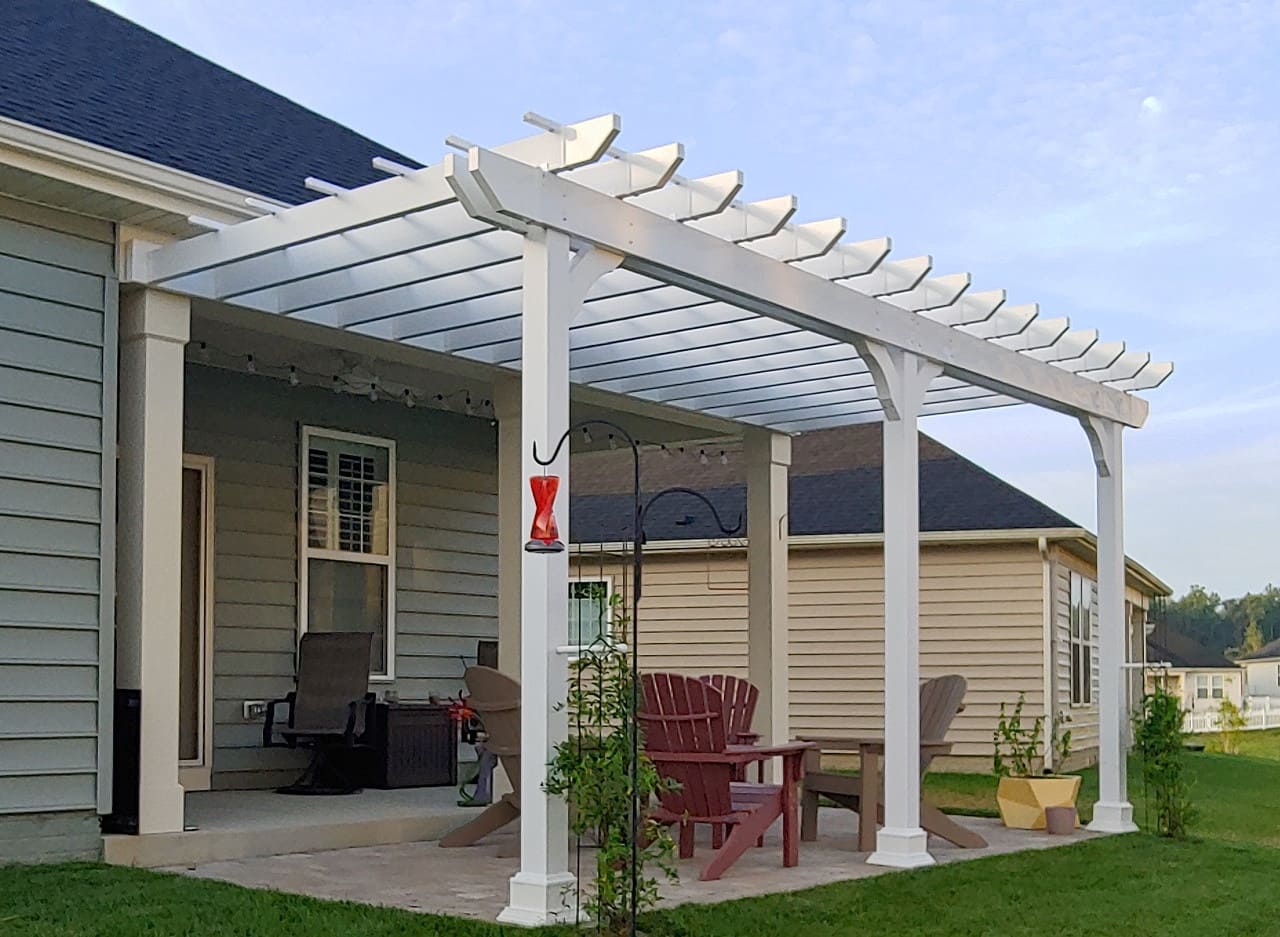
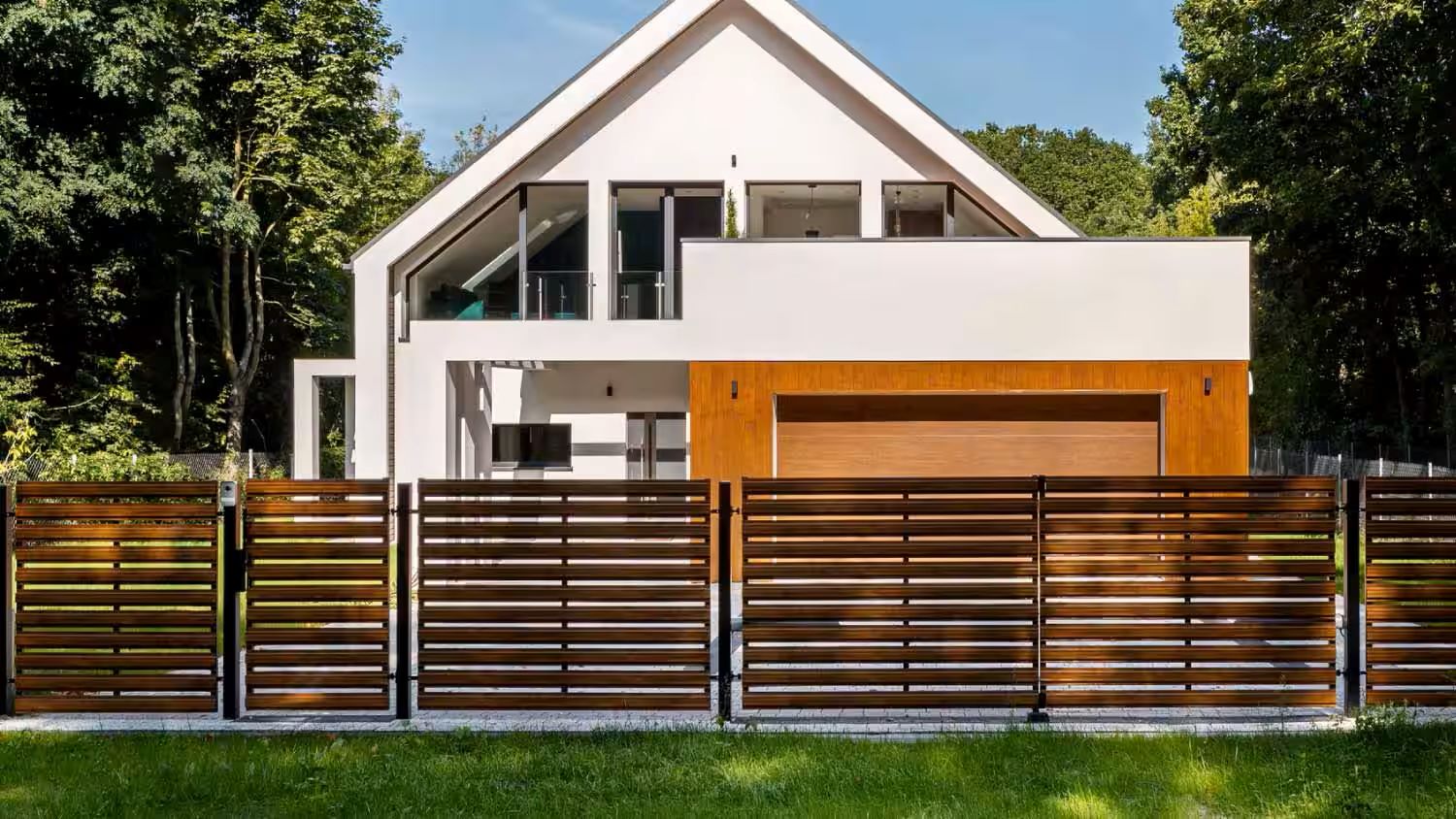
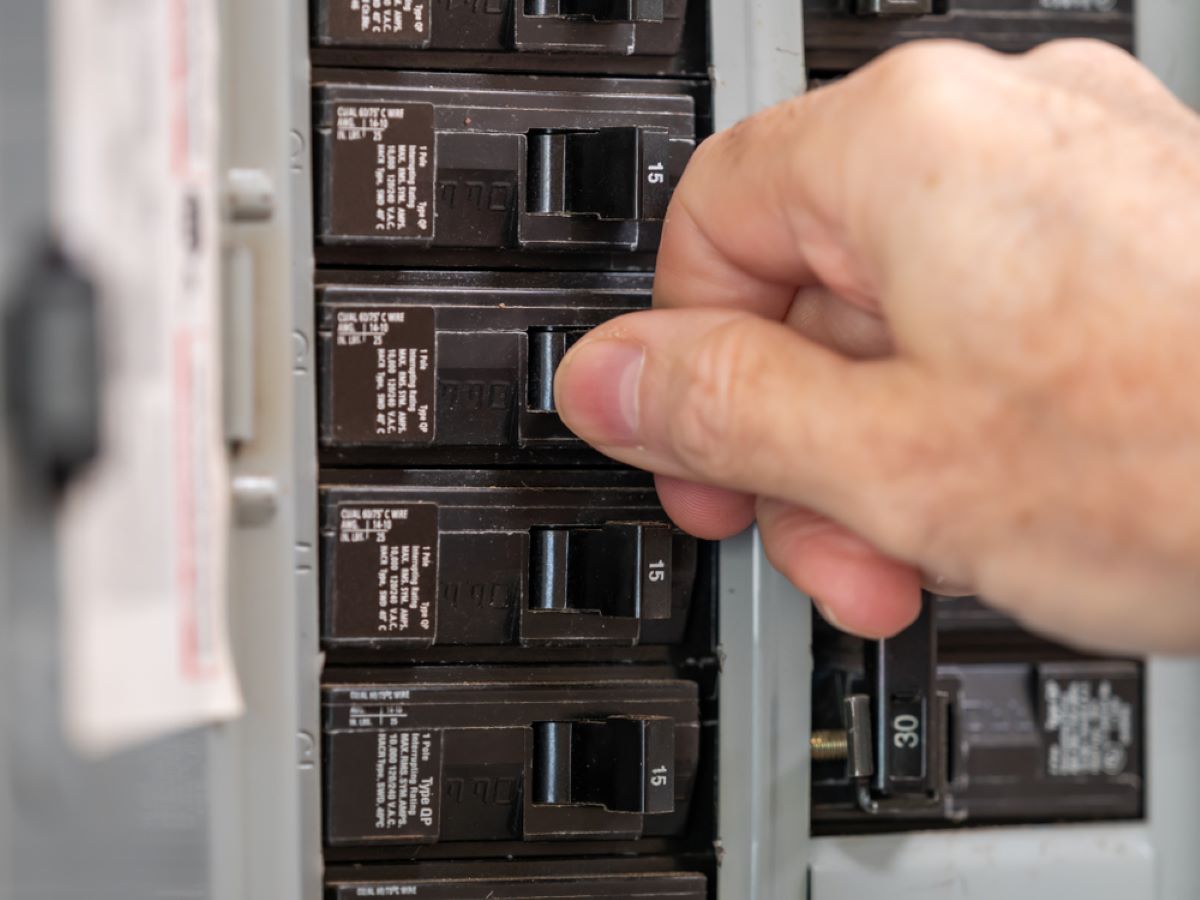
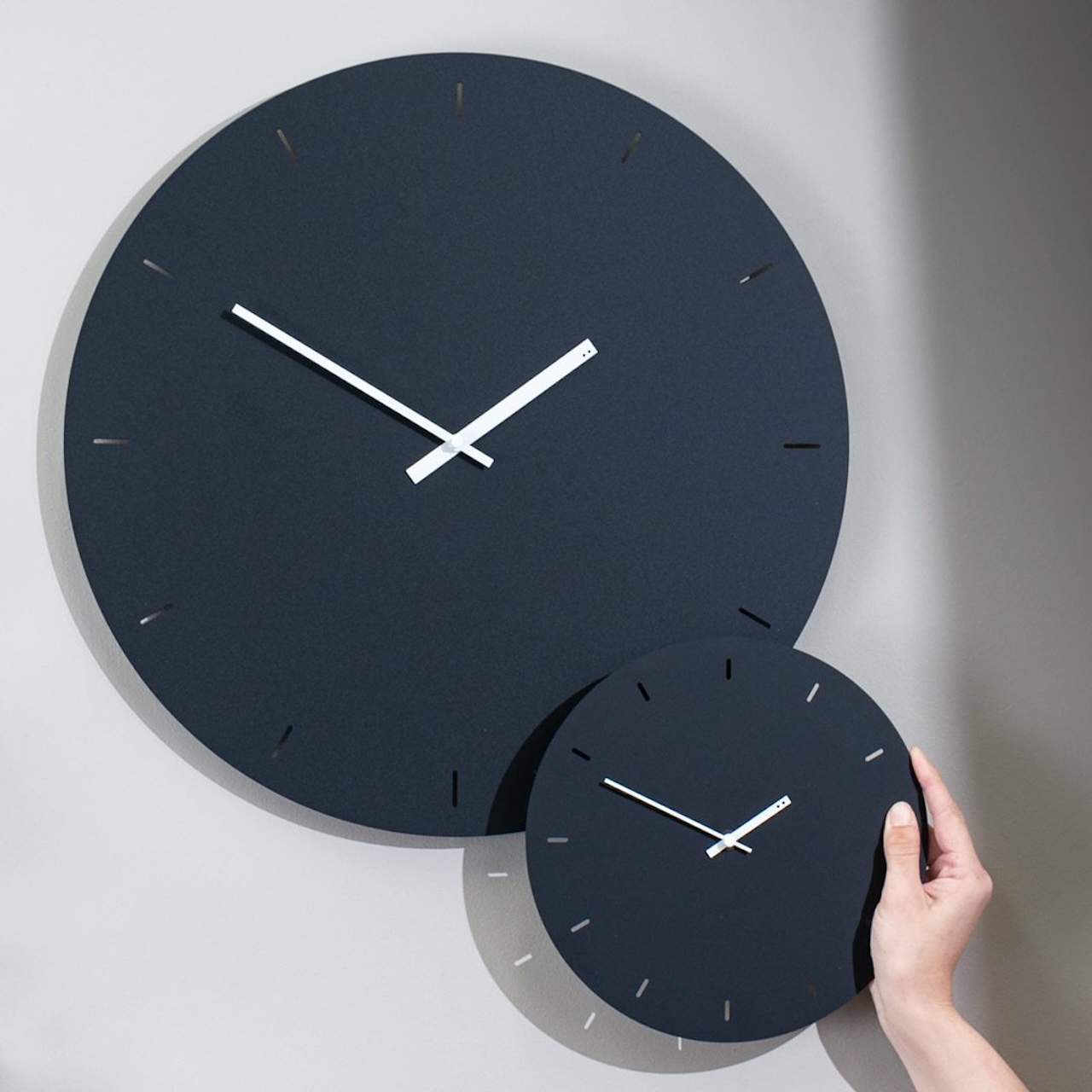

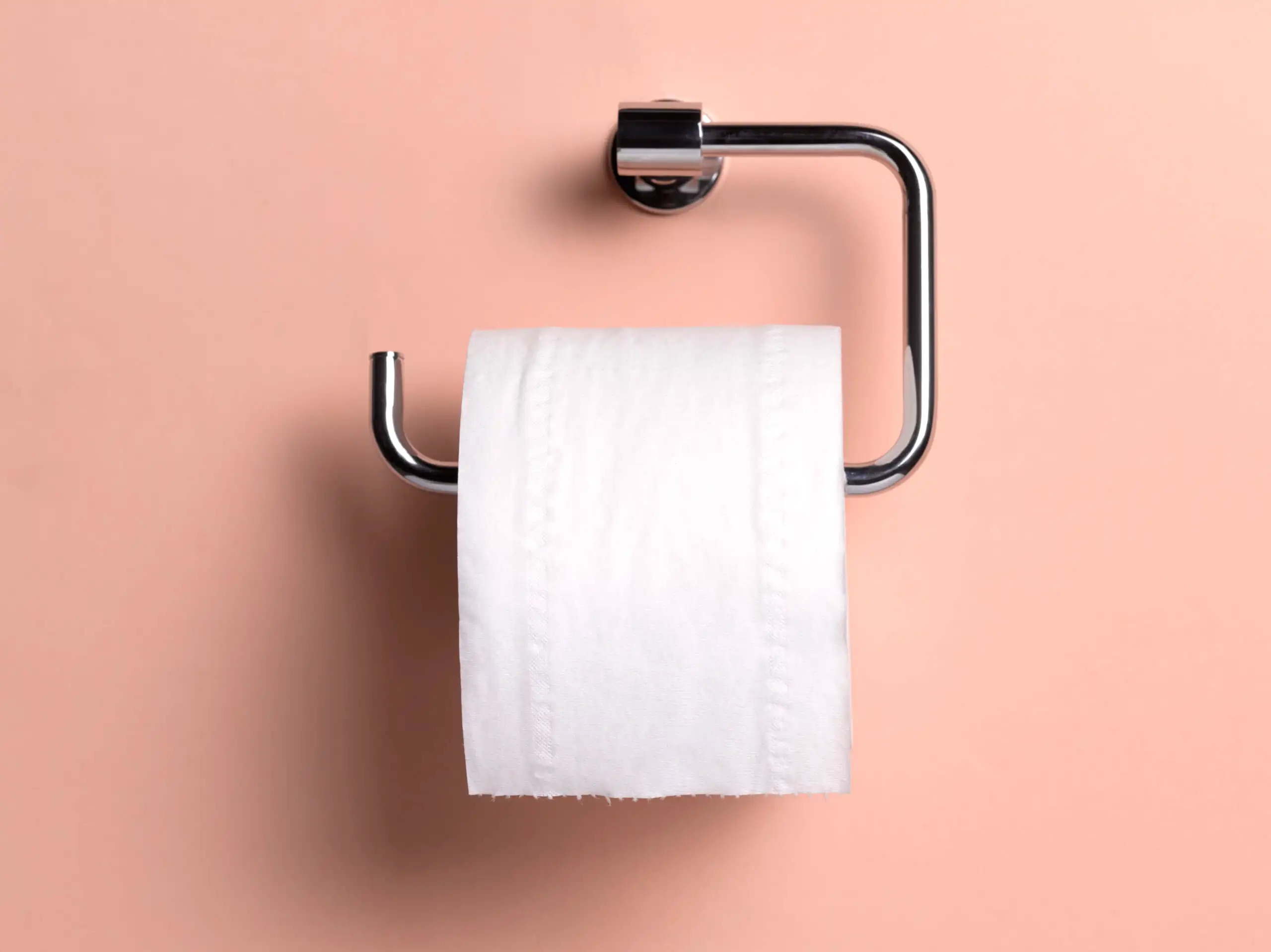
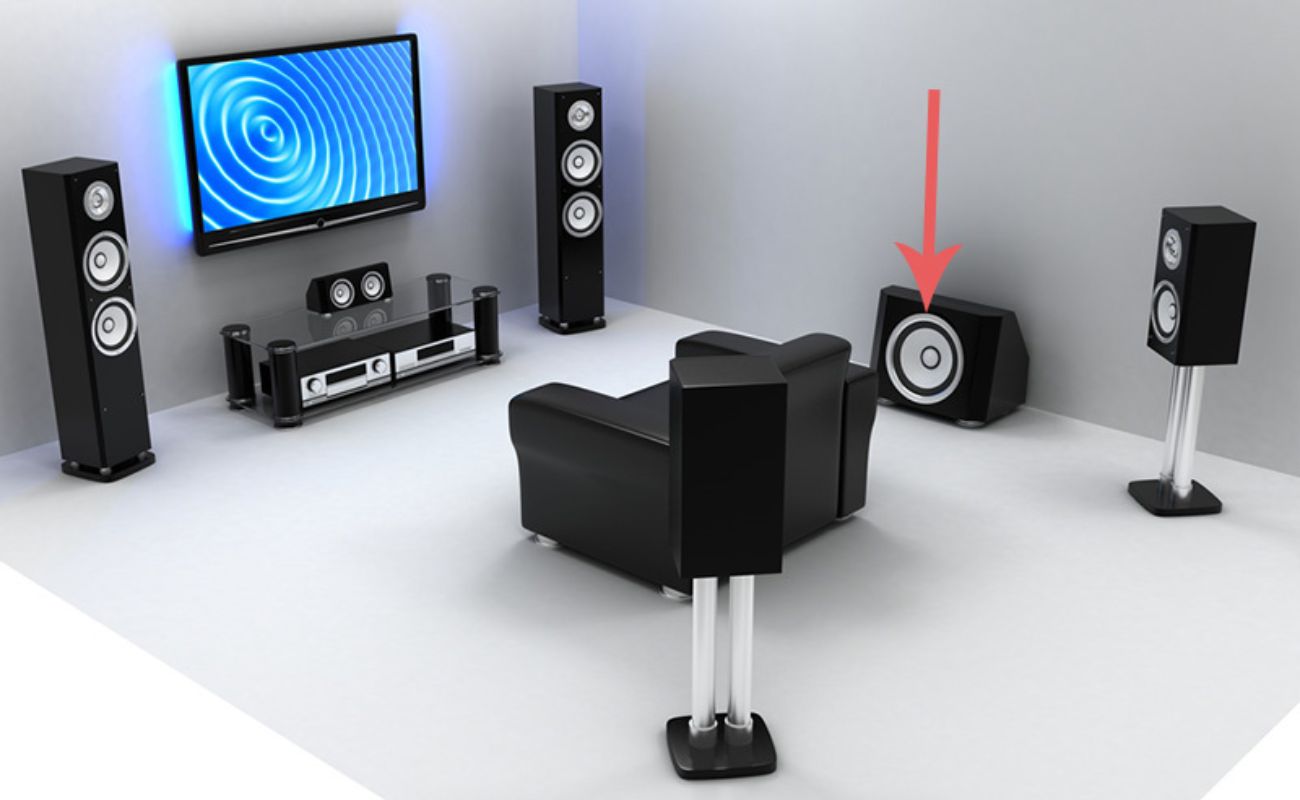

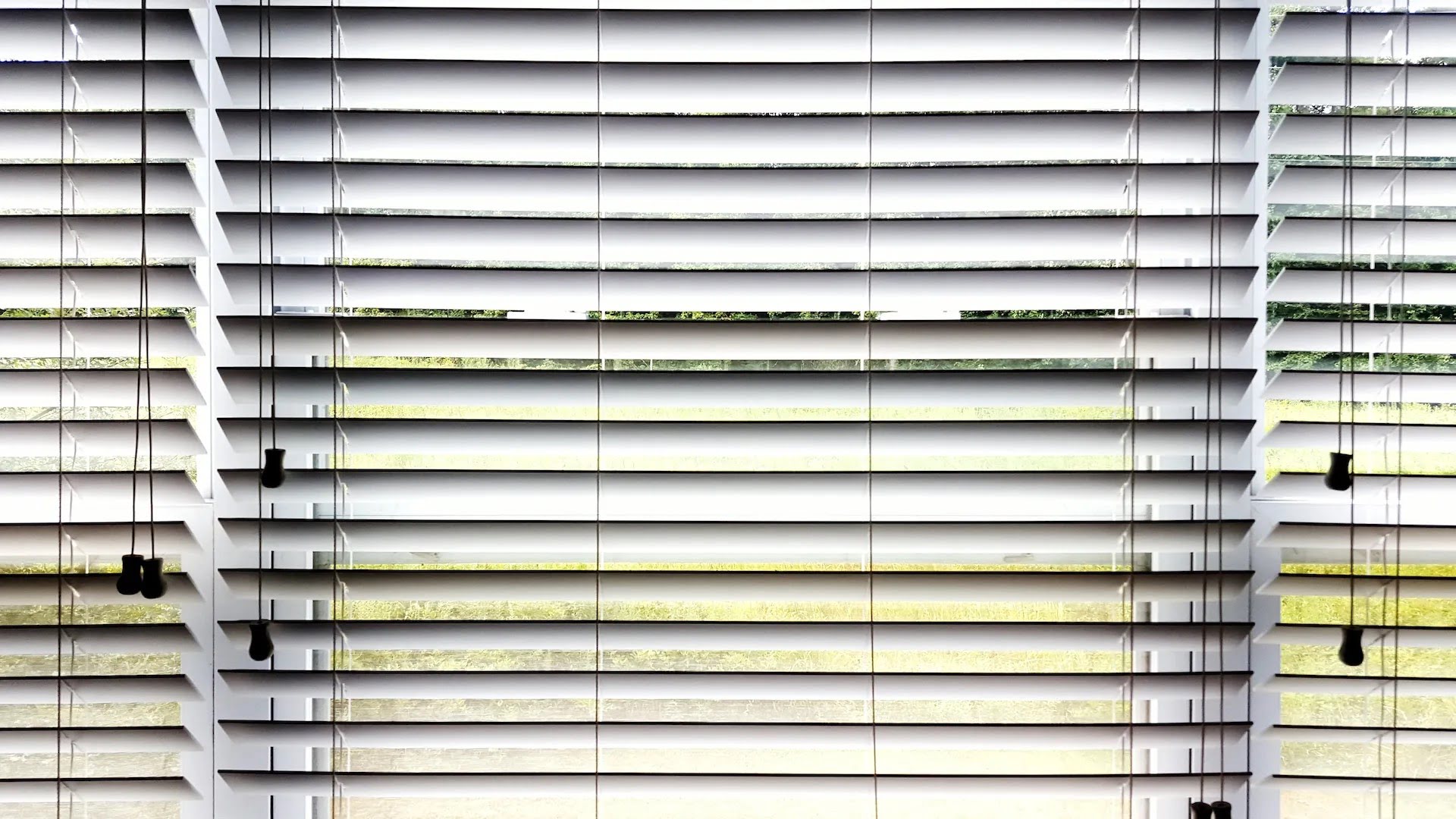
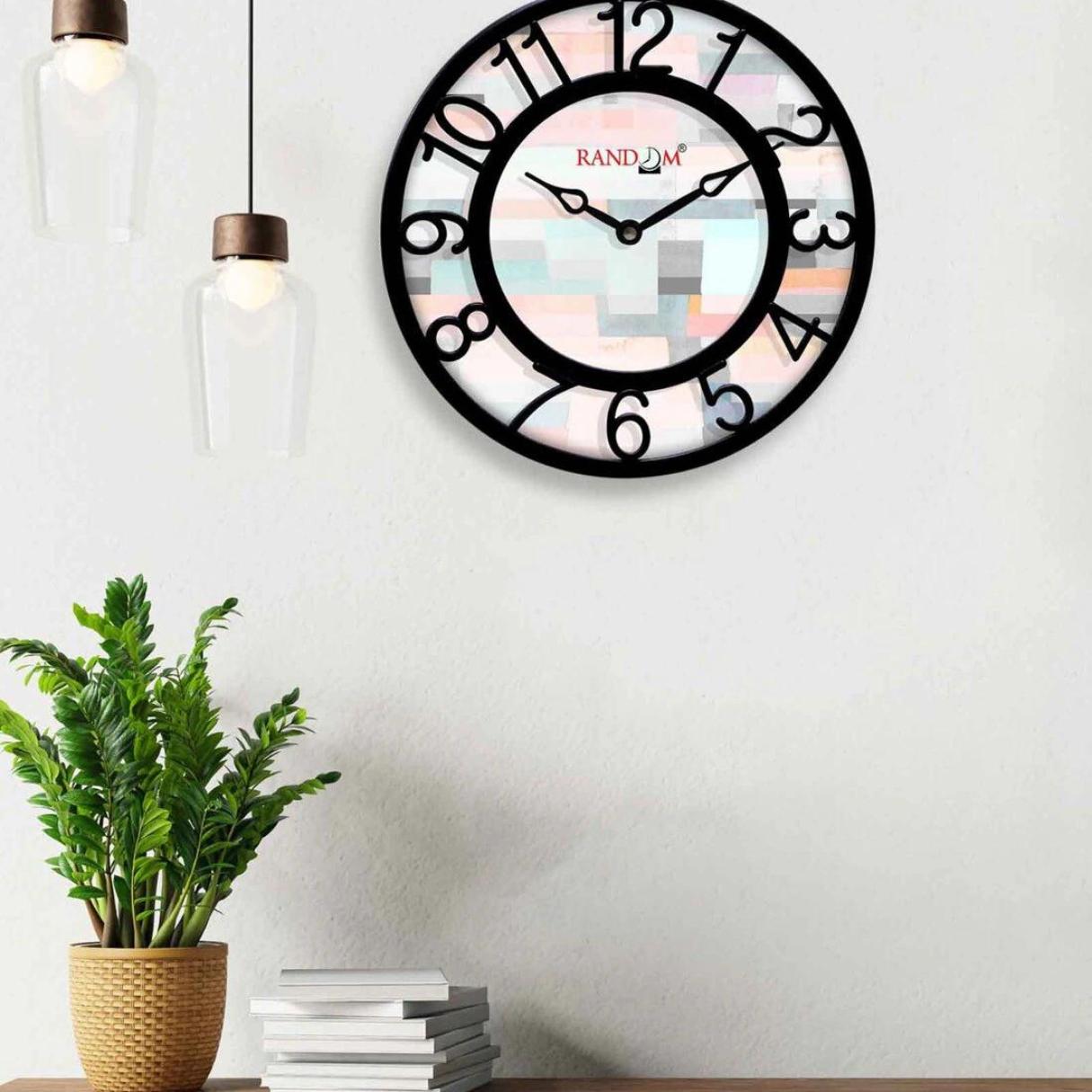
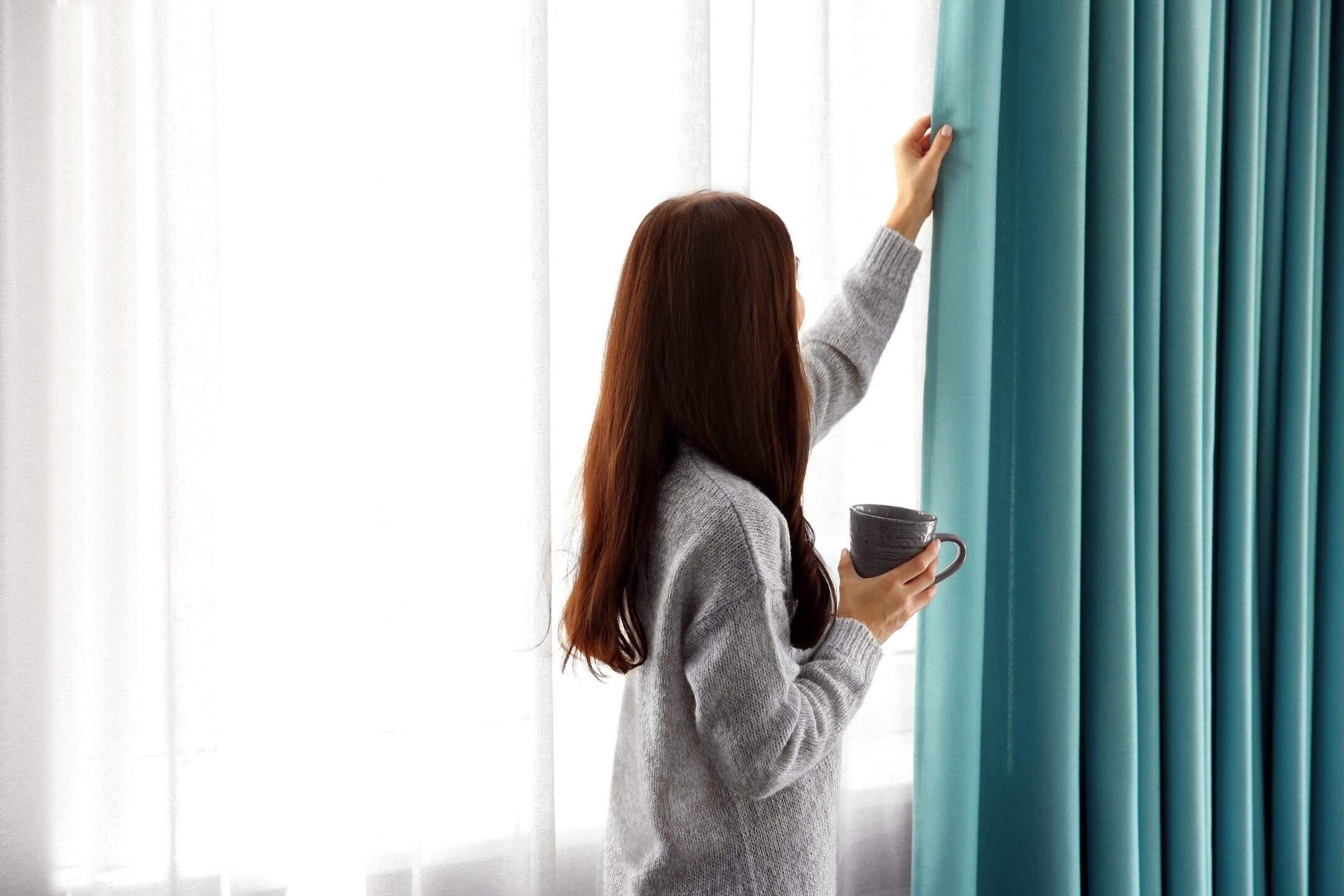
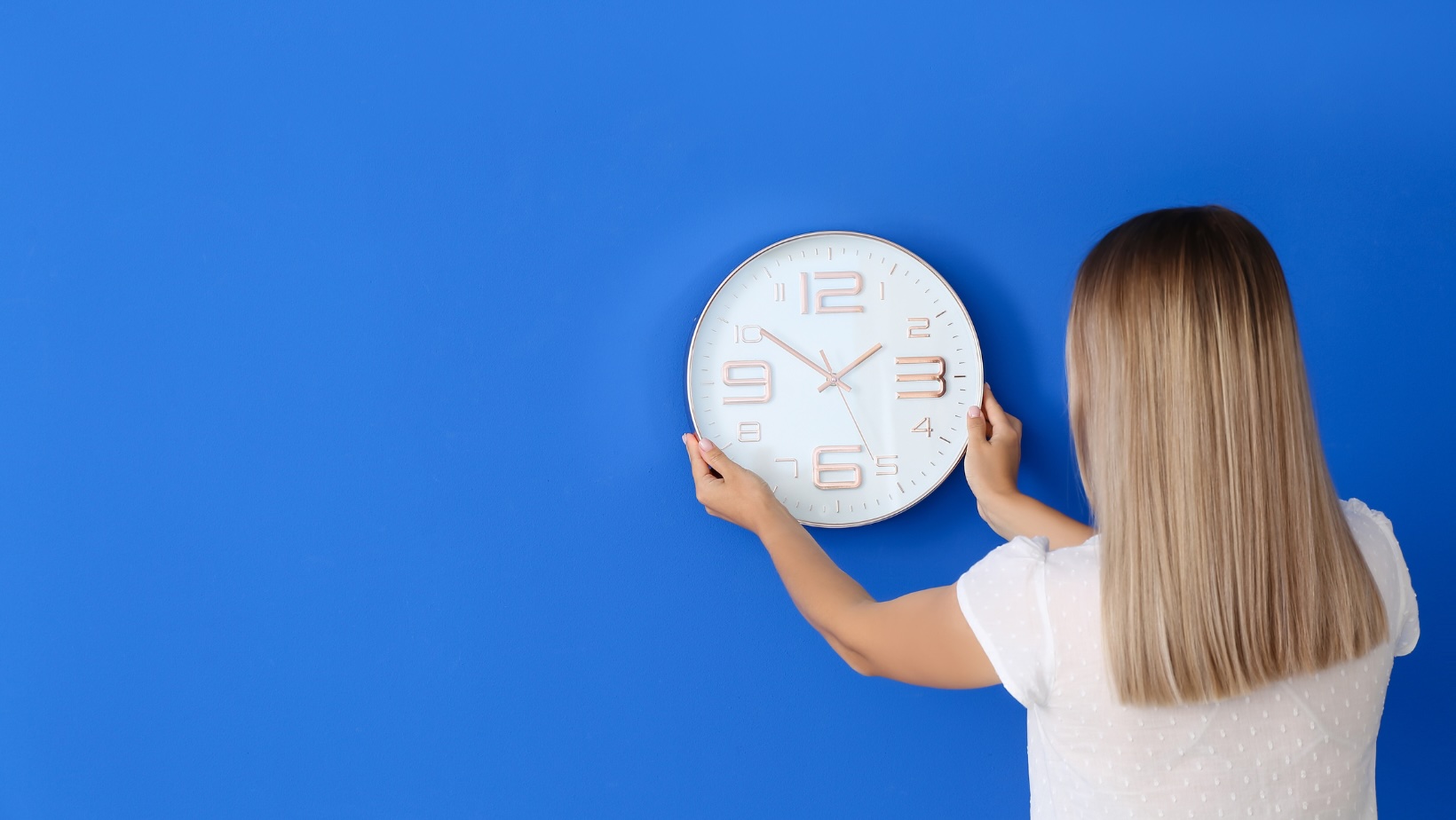
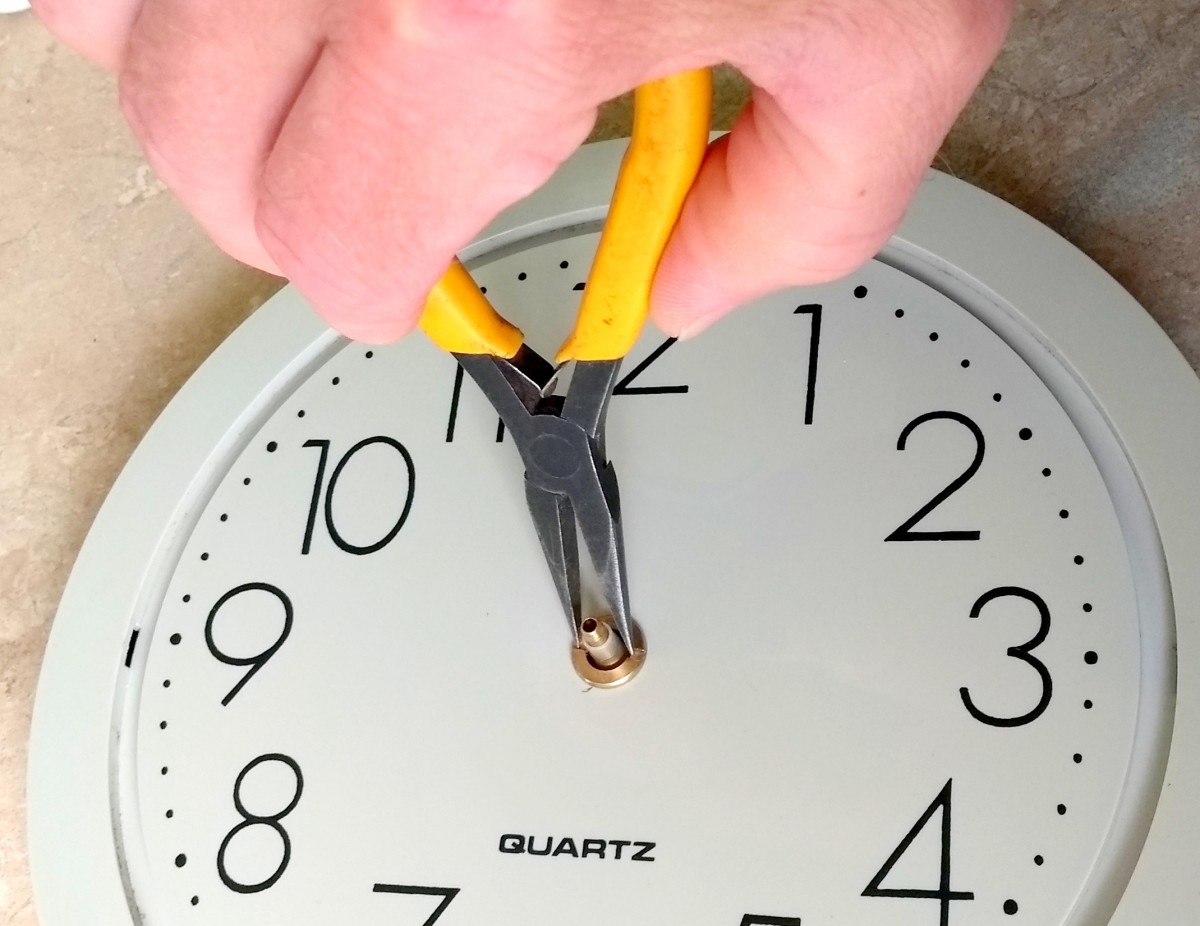
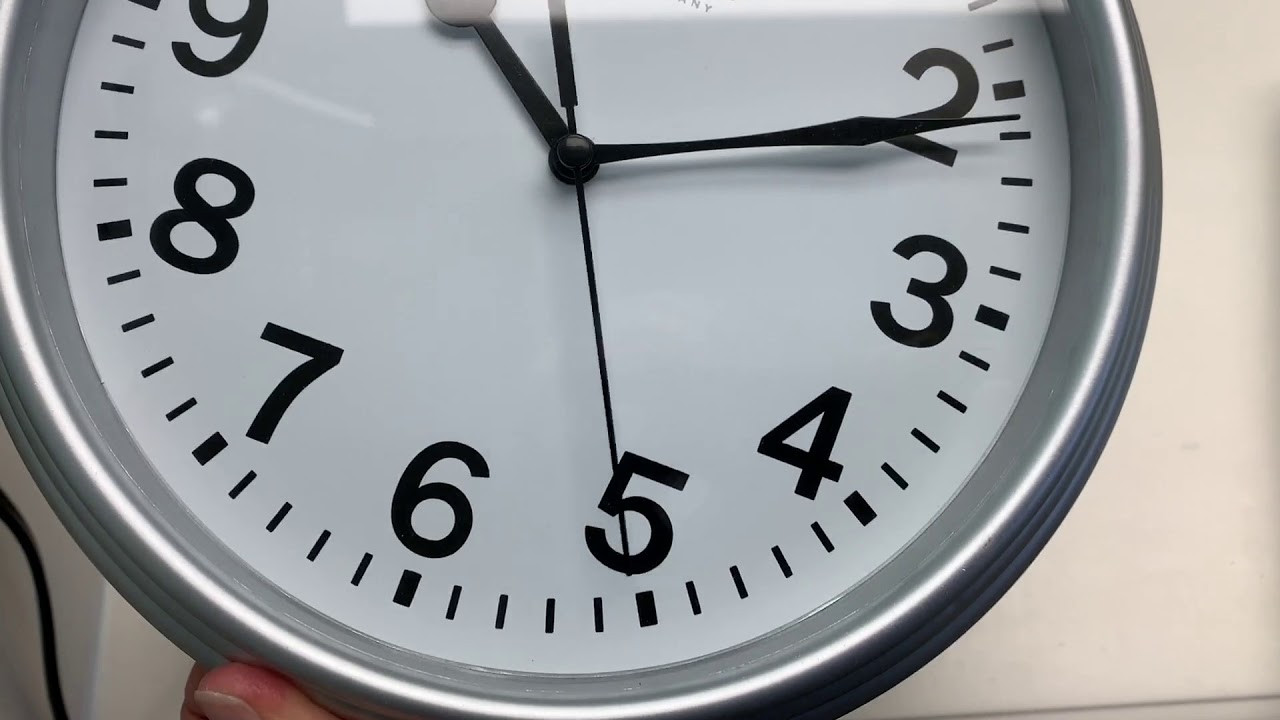

0 thoughts on “Which Direction Should A Wall Clock Face”